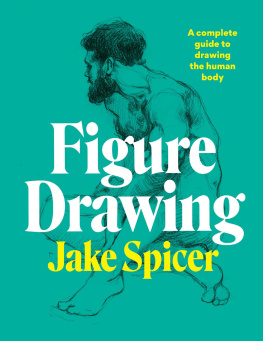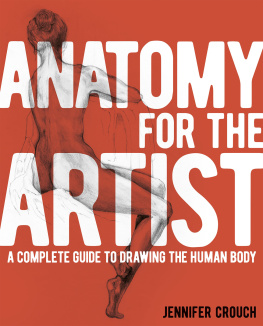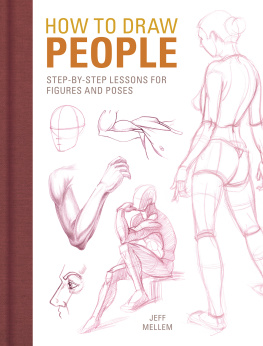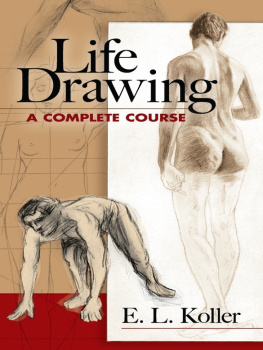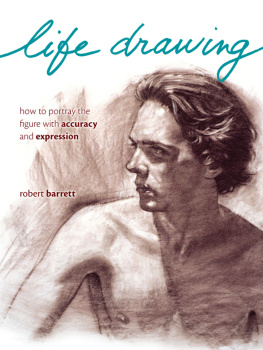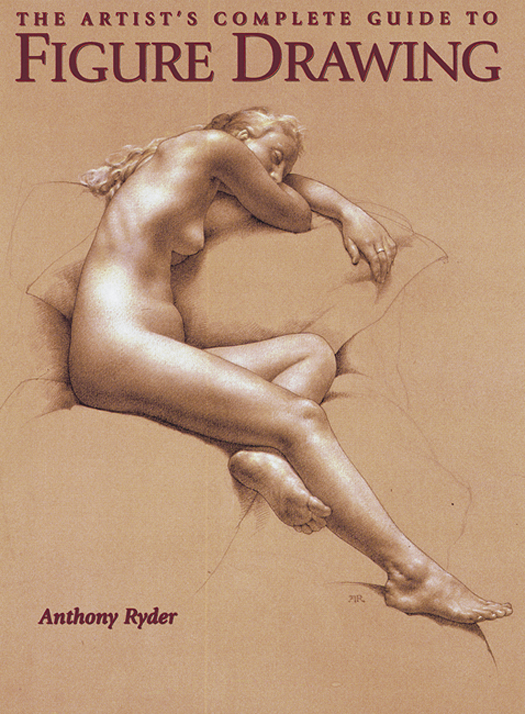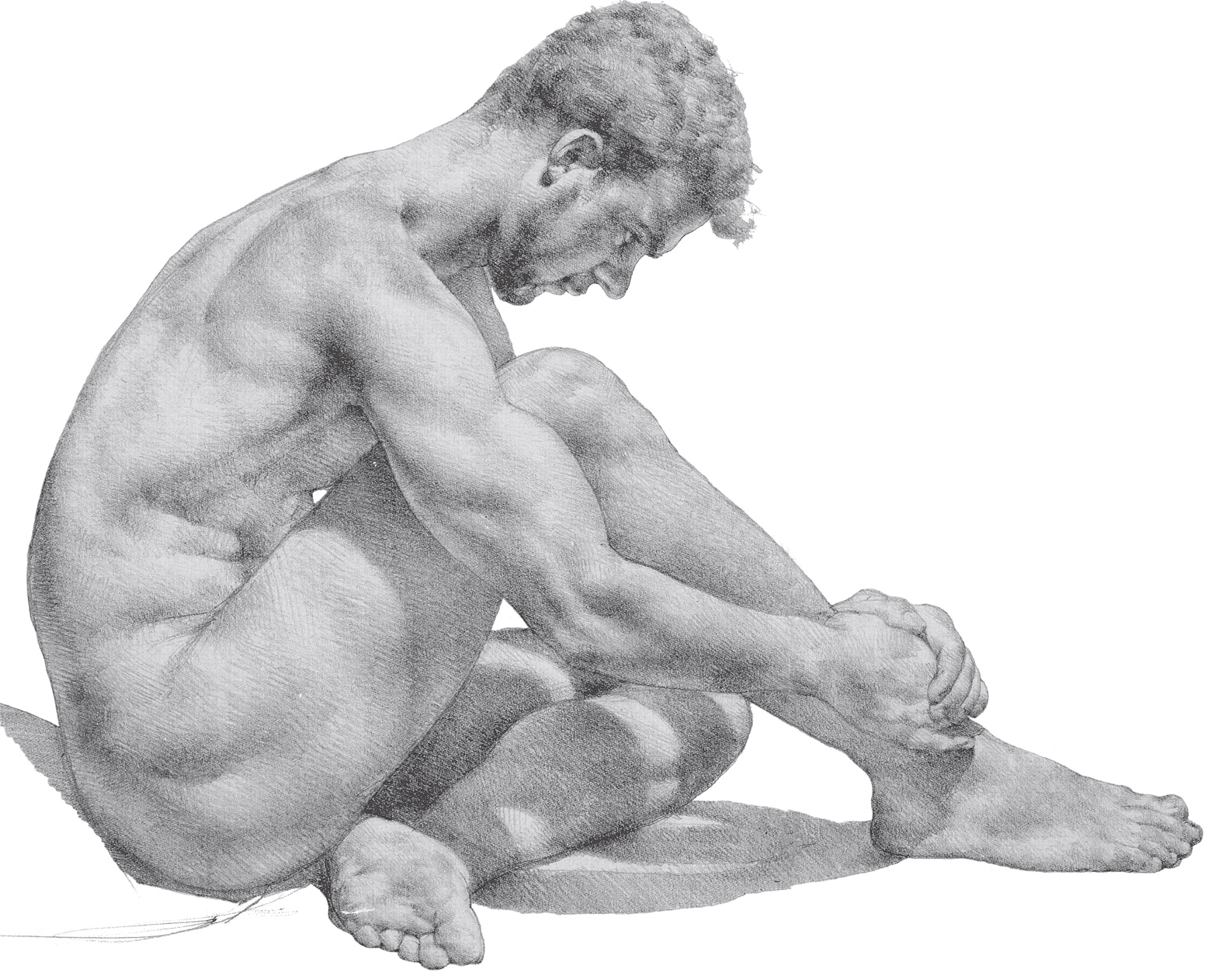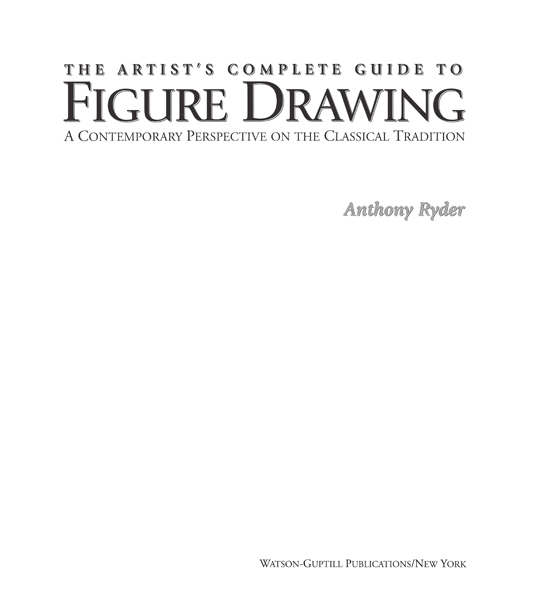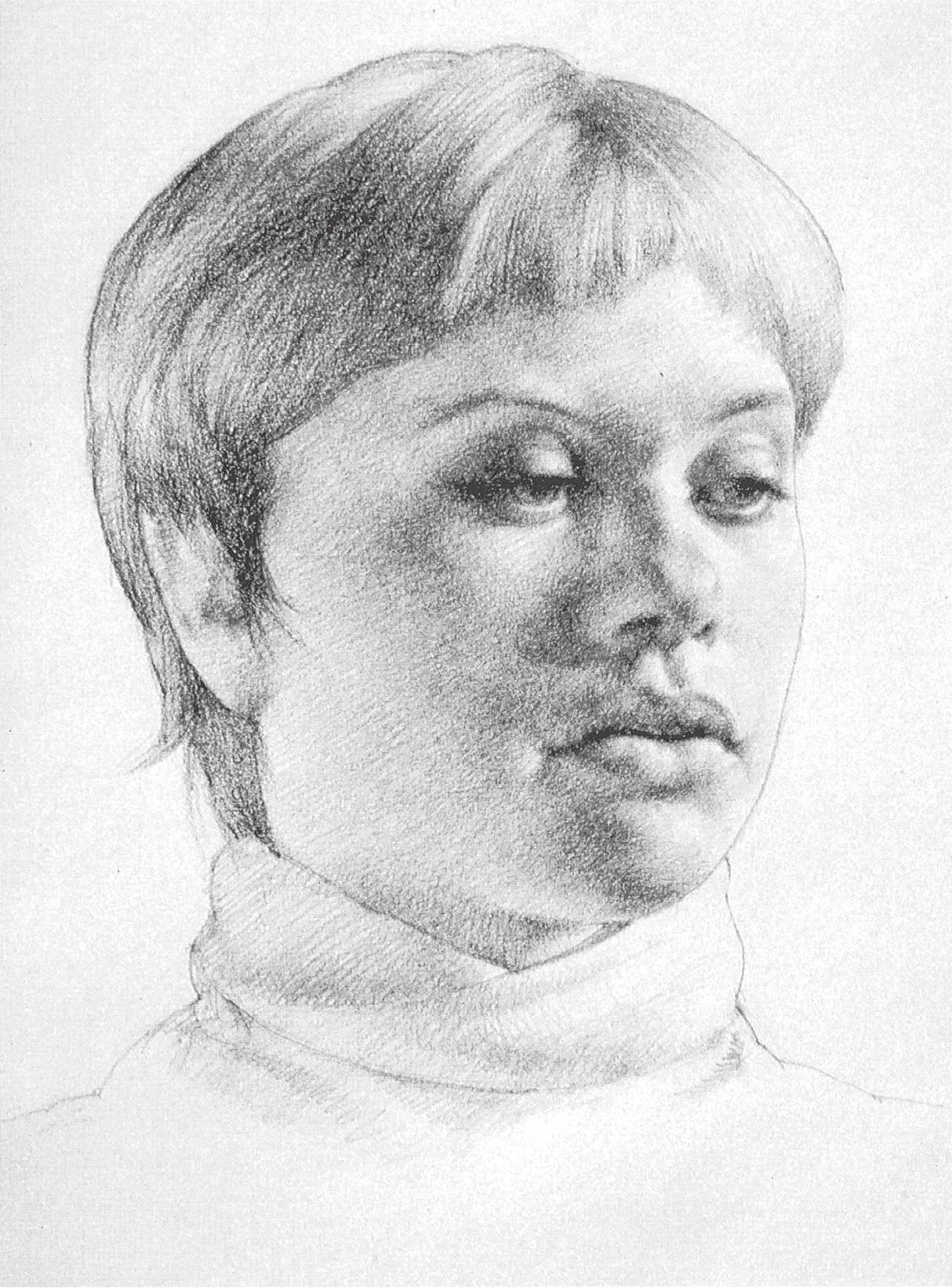Notes on the art
On : Twilight , 1998
Pencil and pastel on gold paper, 25 19 (64 48 cm)
On : Potential , 1996 (image shown in reverse)
Pencil on paper, 18 24 (46 61 cm)
On : Paintbrushes , 1998
Pencil on paper, 18 24 (46 61 cm)
A note from the author: All the drawings in this book were done from life.
Please note that all images have been cropped and enlarged for maximum visibility. The dimensions given for each piece are those of the original paper, not of the image as shown.
Senior Editor: Candace Raney
Editor: Julie Mazur
Designer: Jay Anning
Production Manager: Ellen Greene
First published in 2000 Watson-Guptill Publications,
Crown Publishing Group, a division of Random House Inc., New York
www.crownpublishing.com
www.watsonguptill.com
Library of Congress Cataloging-in-Publication Data
Ryder, Anthony.
The artists complete guide to figure drawing / Anthony Ryder.
p. cm.
Includes index.
ISBN 0-8230-0303-5
eBook ISBN: 978-0-7704-3474-8
Trade Paperback ISBN: 978-0-8230-0303-7
1. Figure drawingTechnique. I. Title.
NC765.R94 1999
743.4dc21 99-22843
All rights reserved.
v3.1
This book is dedicated to my teacher and friend, Ted Seth Jacobs .
A CKNOWLEDGMENTS
Drawing is an experience. It can be talked about and interpreted, but I dont think that it can, in the final analysis, be defined or really comprehended. Because of this incomprehensibility, teaching the art of drawing involves not only conveying information, but creating certain conditions through which students can enter into the experience of drawing. Then its a little like lighting one candle from another. Once the conditions of the learning experience have been organized, the teacher ignites the art of drawing in his or her students and then guides them into more and more profound states of realization.
I would therefore like to thank my teacher, Ted Jacobs. His devotion to the true essence and practice of drawing and his unbending adherence to principle have been the guiding lights of my career as an artist and teacher. This is a very confusing world for an artist, like a dark and stormy sea. Ted has been for me a lighthouse, the one point of reference in all the shifting currents and trends. In gratitude to him I offer this book, even though I recognize that it does not really reflect the true depth of his teaching.
I would also like to offer this book to my peers: Teds other students. Many of you either are, or will someday be, teachers in your own right. If you havent already begun, I encourage you to enter upon the teaching path. It is very rewarding. I hope that this book will come in handy as a source of reference material. Since you yourselves have studied with Ted, youll have insight into its shortcomings. These, too, can be of use to you.
And I would like to offer this book to all drawing students. If you can bring yourselves to read and seriously study this method, it will be of great benefit to you.
Finally, I would like to thank the following people:
Celeste Ryder
Pam Belyea and Gary Faigin
Cynthia West and family
Lynne Hough and Charles Ervin
Catherine and Walter McTeigue
Candace Raney, Julie Mazur, Ellen Greene, and Jay Anning
Jane Myers
Robert Blake, Herb Lotz, and Richard Nicol
Patricia Arquette, Ed Bettancourt, Jim Blanchard, Anna Bogaard, Lancelot Bourne, Veronica Bowles, Angie Chamberlain, Scott Cherry, Diane Constantine, Chris Dixon, Jennifer Dove, Cullen Dwyer, Goyko, Keri Greeves, Jane Gregory, Anne Hitchcock, Robert Hoggard, Pete Jackson, Emily Kuenstler, Jessica La Cass, Michael Leonard, Claire Mack, Ramona McNabb, Aline Mendona, Justine Mendona, Dane Nogar, Nicole Paterson, Prem, Rima Ralff, Kelly Sandberg, Sandy, Christina Santucci, Lorraine Sauerland, Josh Schrei, Jonathan Silbert, Free Walker, and Shale Wills
CONTENTS
I N T R O D U C T I O N
T HE D RAWING M ETHOD
C H A P T E R 1
M ATERIALS AND B ASIC T ECHNIQUES
C H A P T E R 2
T HE B LOCK-IN
C H A P T E R 3
U NDERSTANDING G ESTURE
C H A P T E R 4
T HE C ONTOUR
C H A P T E R 5
U NDERSTANDING L IGHT AND S HADOW
C H A P T E R 6
U NDERSTANDING F ORM ON THE I NSIDE
C H A P T E R 7
D RAWING ON THE I NSIDE
E P I L O G U E
P ULLING I T A LL T OGETHER
Homage to Vermeer , 1995
Pencil on paper, 17 14 (43 36 cm)
PREFACE
Homage to Vermeer , 1995
Pencil on paper, 17 14 (43 36 cm)
F ROM 1983 TO 1989 I studied painting and drawing with Ted Seth Jacobs at the Art Students League of New York, in New York City. In those days, the whole place reeked of turpentine and linseed oil. Students wore smudges of cadmium red and lead white on their hands and clothing like medals of distinction. There was paint everywhere. It probably was, at least from a chemical point of view, a very toxic place. But I loved it. Everybody loved it. We loved it because there was something else mixed in with the solvents and heavy metals, another kind of spirit in the air: the League was saturated with the history of art. A few blocks north, just a nice little walk through Central Park, stands the Metropolitan Museum of Art. The Met is bursting at the seams with incredible paintings, but it was in the studios of the League that I found the living tradition of the great masters. This book has been an outgrowth of that experience.



